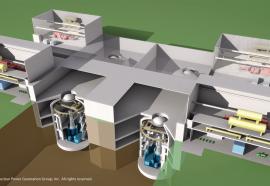Partners in Power
Complex problems call for collective measures.
Among all of the investment priorities in the U.S. electric power industry, one stands out as having the greatest momentum: transmission. This is interesting because transmission is perhaps the most difficult type of power infrastructure to develop, and has been for decades. Editor Michael T. Burr talks with executives at Xcel Energy and Great River Energy to learn how the CAPX2020 consortium has managed to succeed where others failed.










